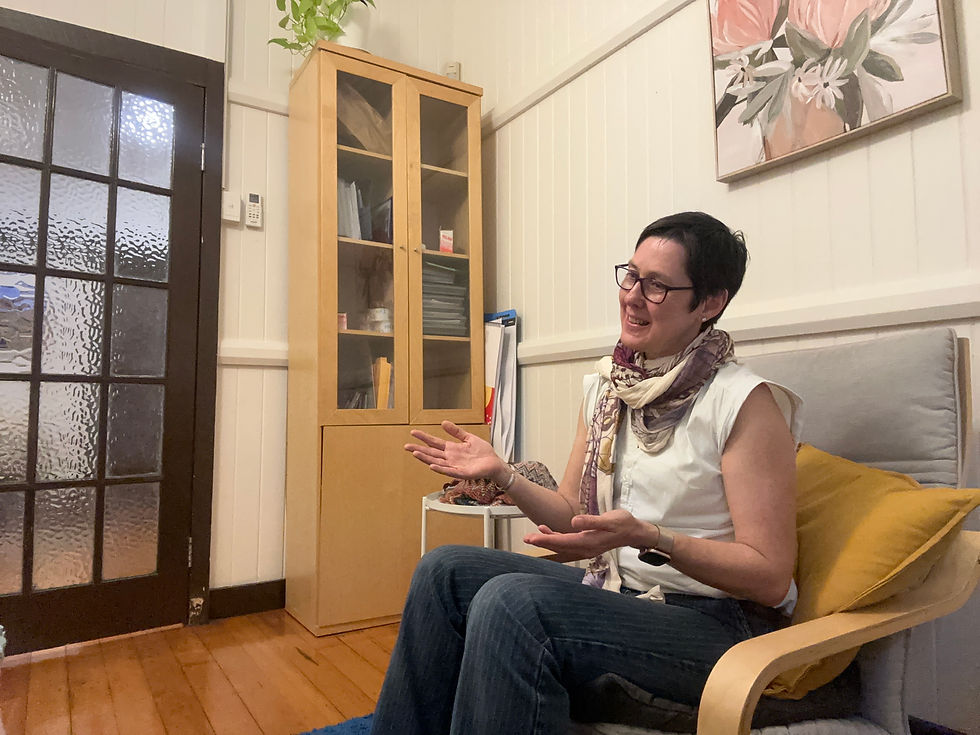
5 July 2025
🌱 Understanding Primary and Secondary Emotions
🌱 Understanding Primary and Secondary Emotions
All feelings have roots—here’s where they begin.
What Are Primary Emotions?
Primary emotions are our first, instinctive emotional responses. They’re universal, hardwired into us, and show up fast—before we even have time to think.
These emotions evolved to help us survive. Think of them like a compass that points us to what matters.
There are generally six primary emotions:
Happiness – signals safety, connection, or fulfilment
Sadness – shows we’ve lost something meaningful
Fear – alerts us to danger or threat
Anger – arises when boundaries are crossed or injustice is felt
Disgust – helps us avoid harm or violation
Surprise – kicks in when the unexpected happens
These feelings are natural, necessary, and deeply human.
What About Secondary Emotions?
Secondary emotions are more complex. They’re shaped by our thoughts, memories, upbringing, and social conditioning. They come after the primary emotion, often layering on top.
Some examples of secondary emotions are:
Guilt
Shame
Pride
Embarrassment
Jealousy
Anxiety
Resentment
Let’s say your friend cancels plans. Your primary emotion might be sadness or disappointment. But depending on your past experiences or beliefs, you might then feel rejected, not good enough, or even angry. These are secondary emotions—the mind’s response to the initial feeling.
All Emotions Point Somewhere
Whether primary or secondary, every emotion carries a message. They’re not good or bad—they’re just information. They tell us what we need, what we value, and where healing might be needed.
When we slow down and tune in, we can start to recognise:
What am I really feeling underneath this reaction?
Is there a primary feeling I’m not allowing?
What is this emotion trying to tell me?
Why This Matters in Therapy
In therapy, we often explore what’s underneath the surface. That means gently peeling back the layers of secondary emotions to find the primary ones underneath—because that’s often where the most tender, meaningful truths live.
When we meet our emotions with curiosity rather than judgment, they become less overwhelming—and more guiding.
If you’d like to understand your emotional patterns more deeply, feel free to get in touch. Therapy can offer a safe space to explore it all—at your pace.
Warmly,
Cath
@terrasoultherapies